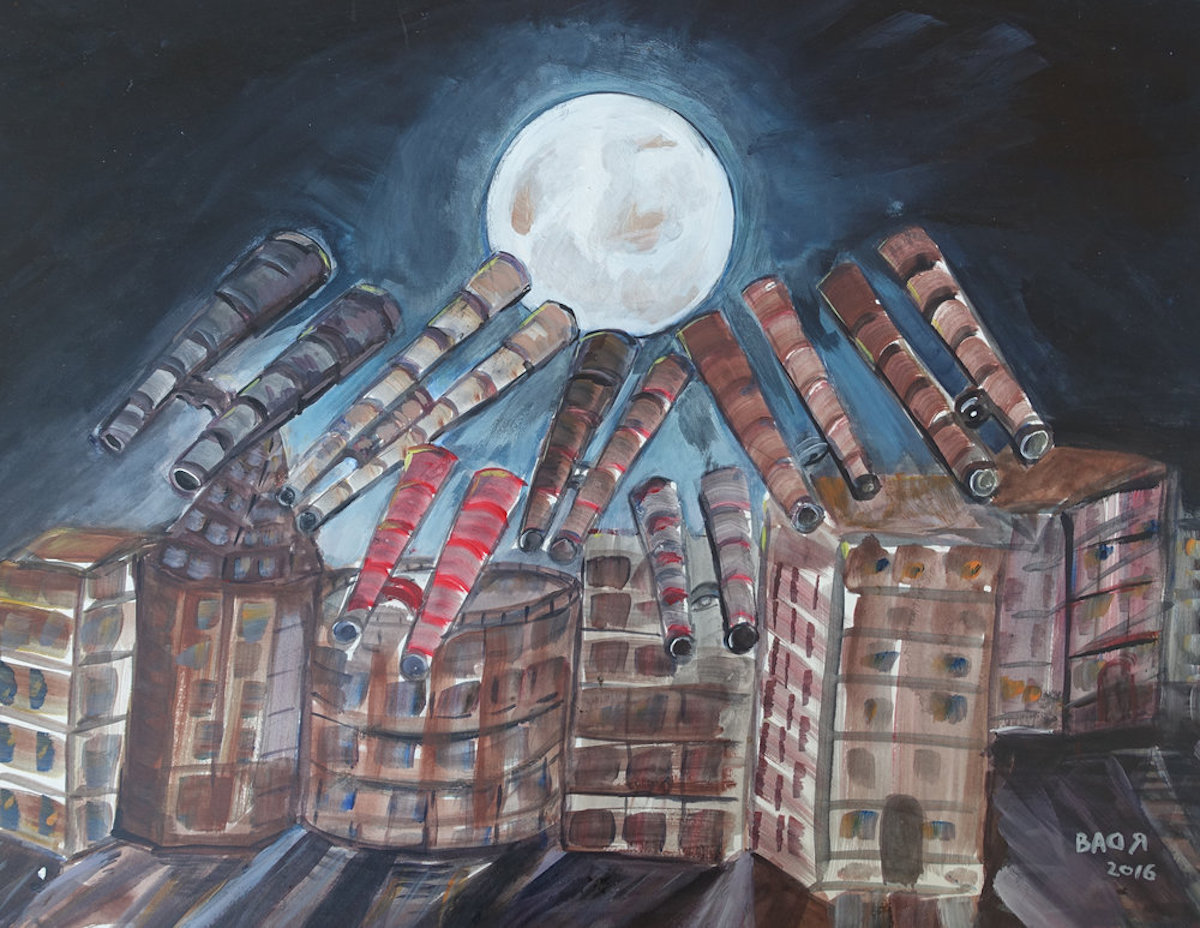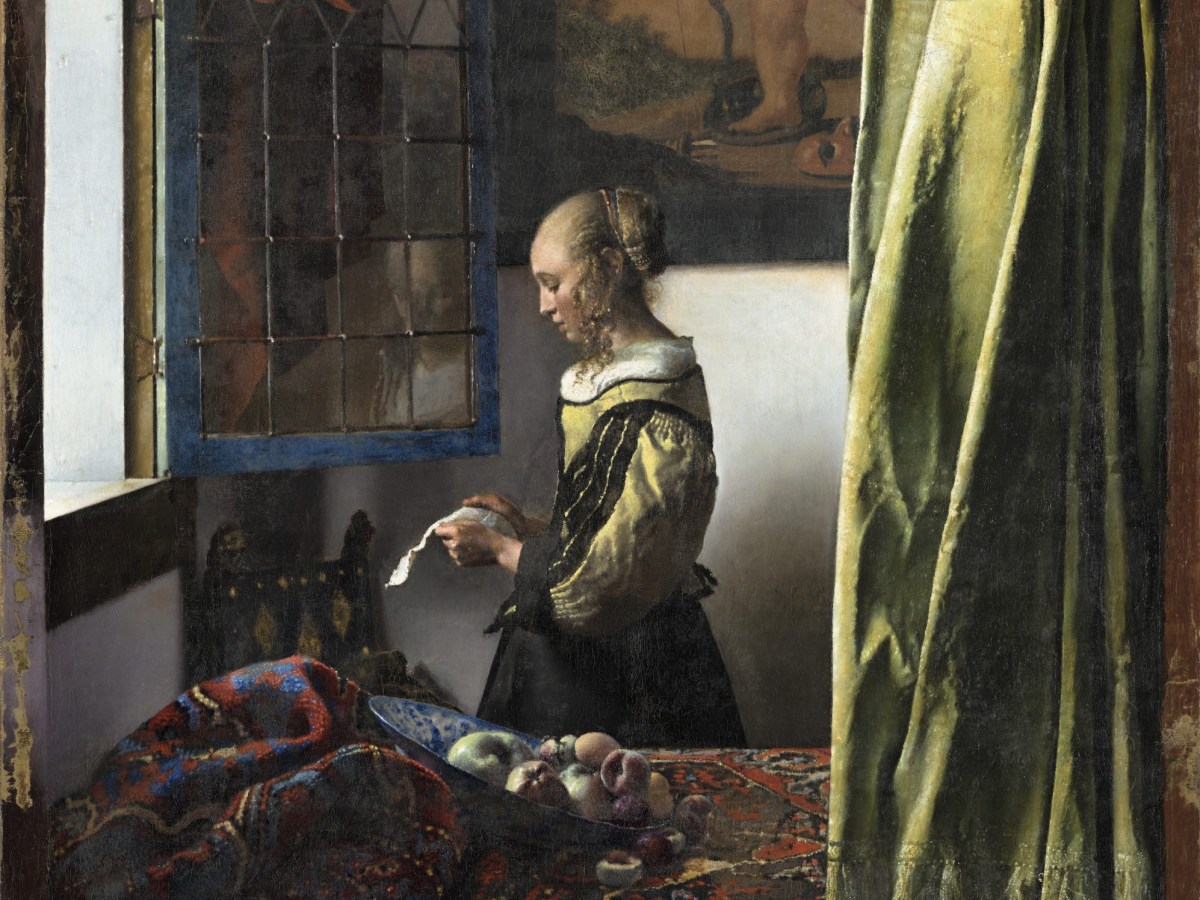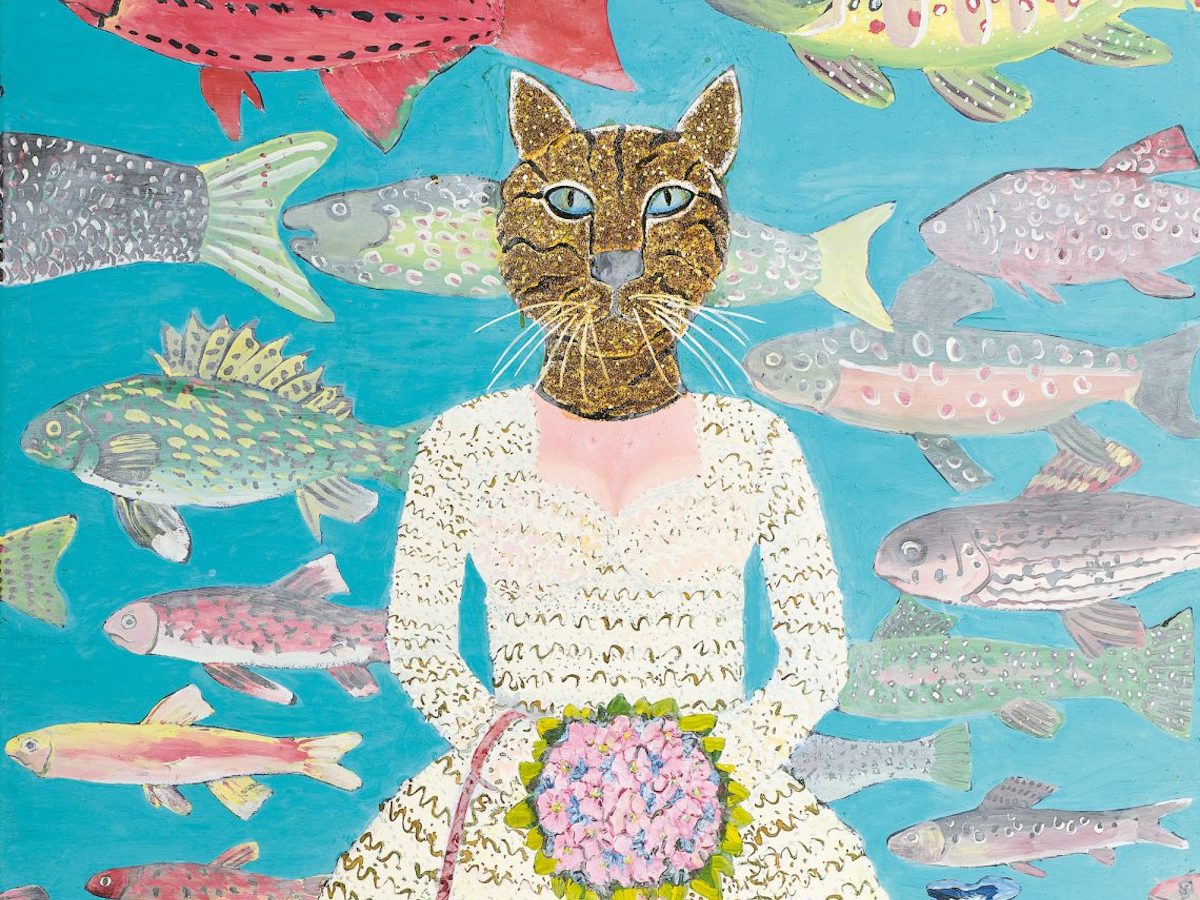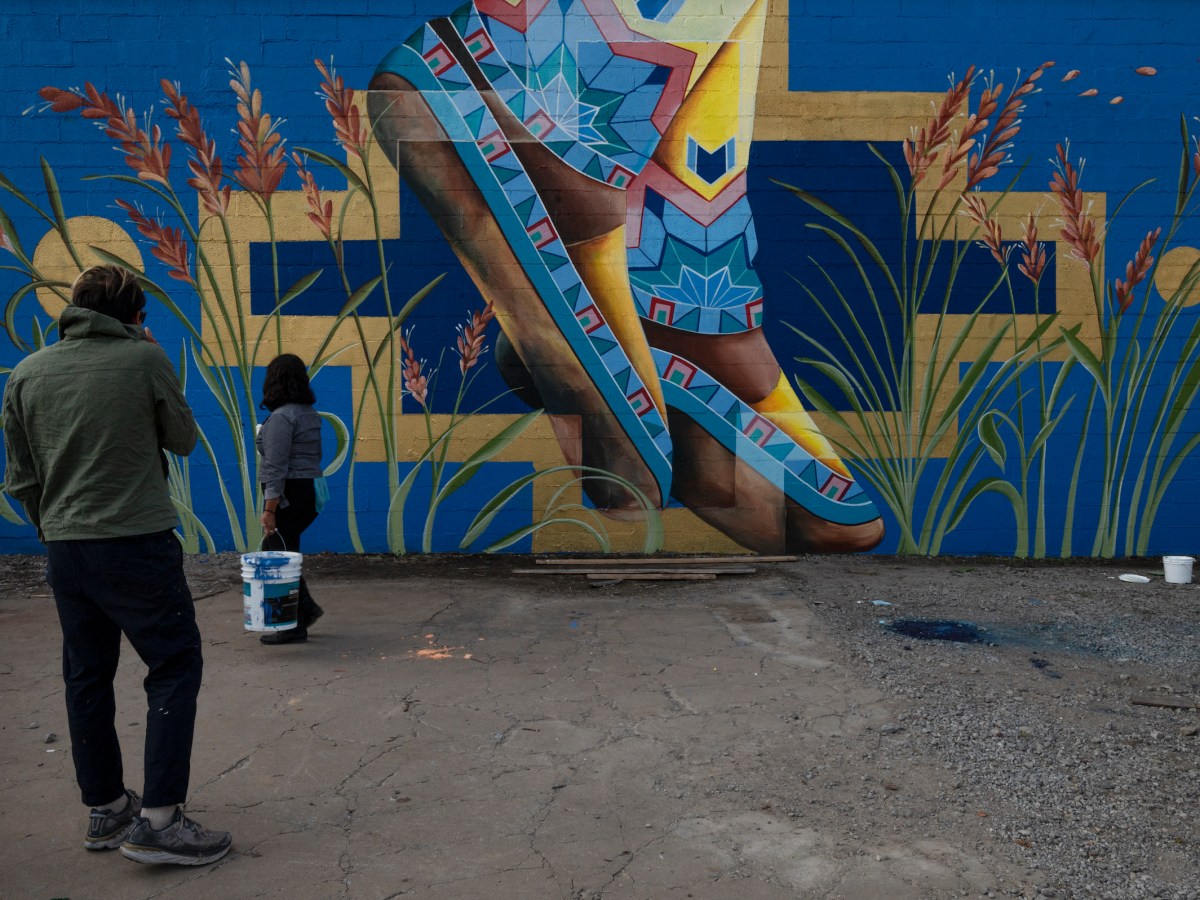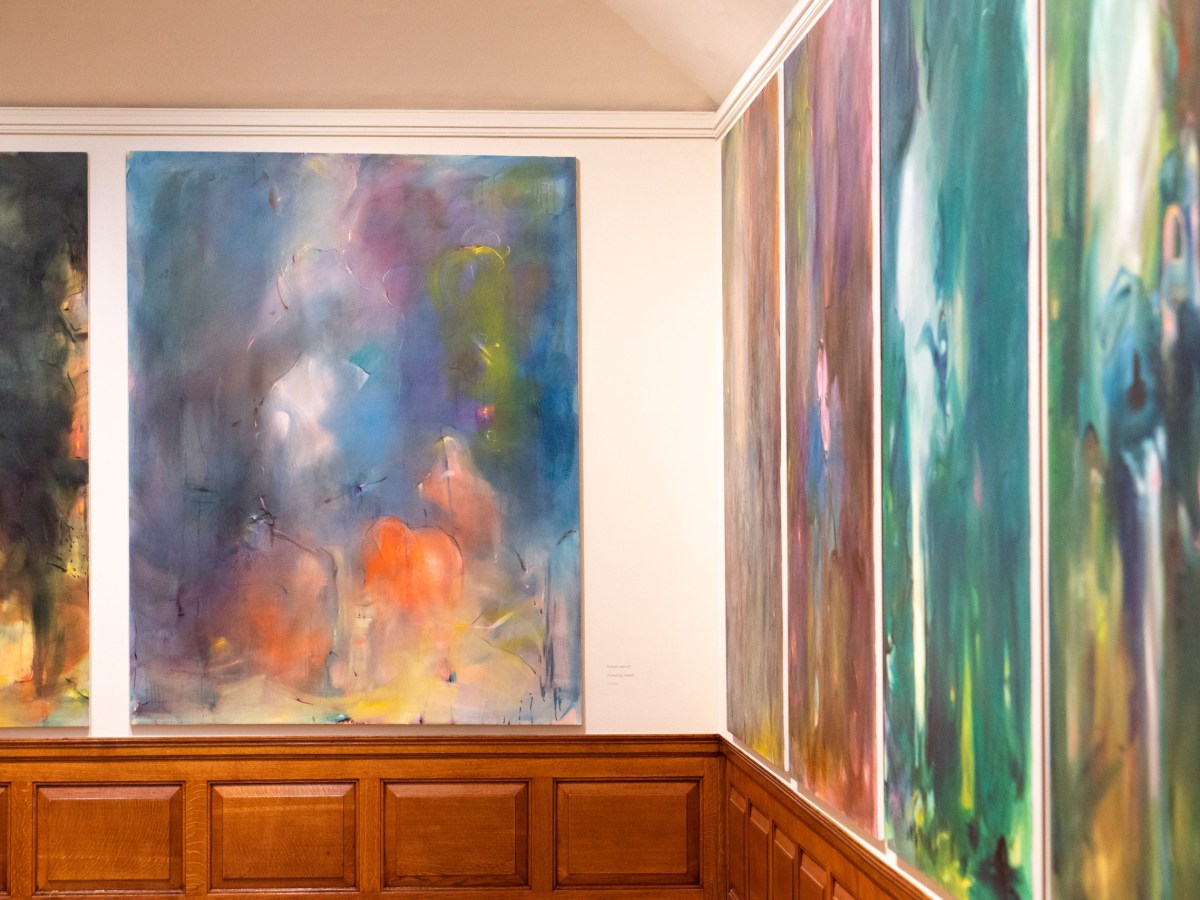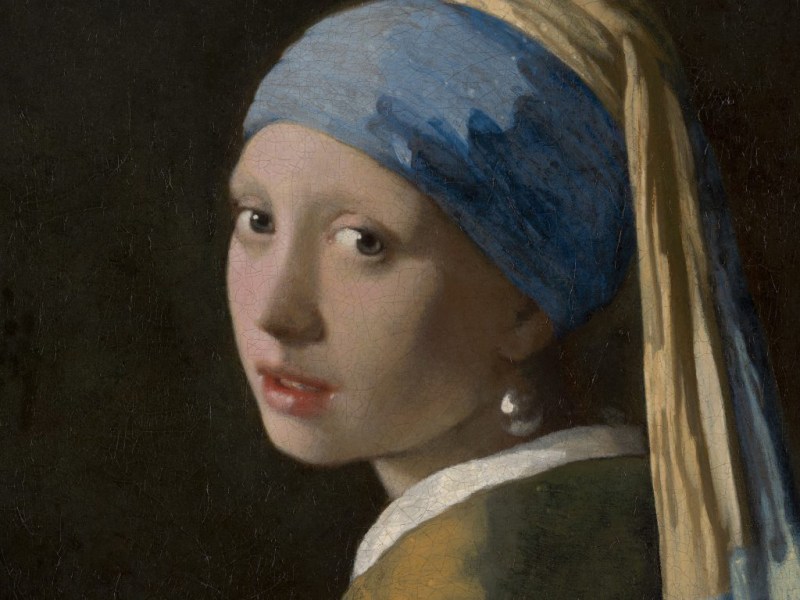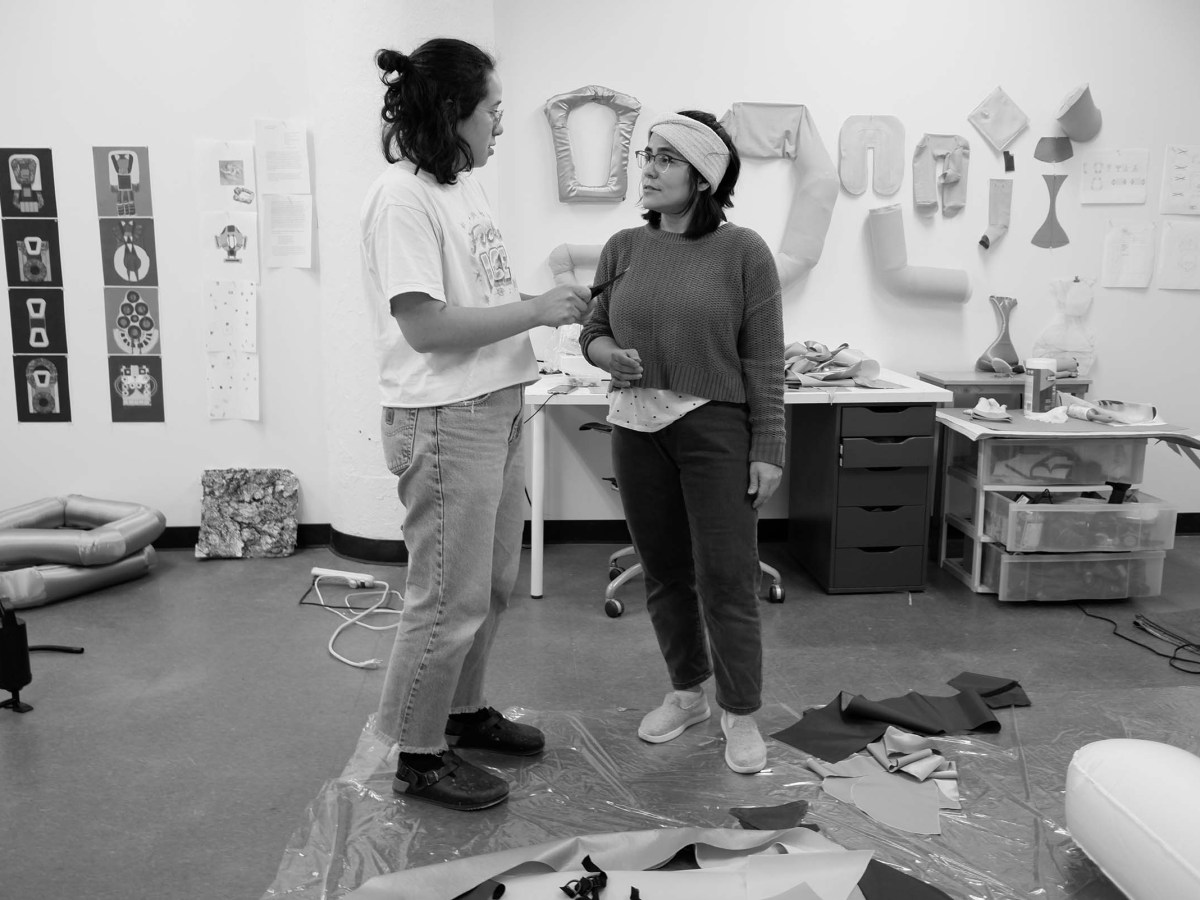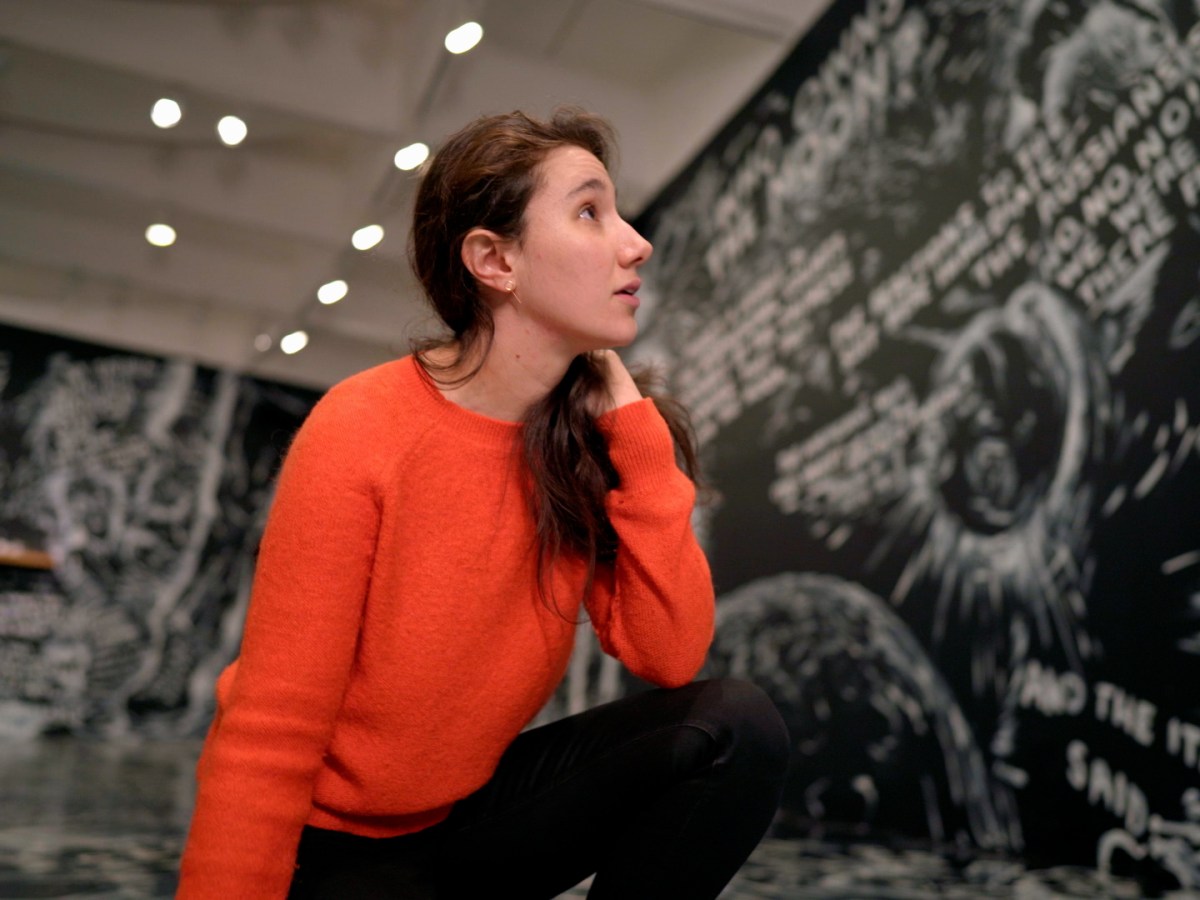A Trump-era policy barring artwork by Guantánamo detainees from leaving the prison has been lifted. As initially reported by the New York Times, detainees are now permitted to take a “practical quantity of their art” with them upon departure. The ban was initially implemented in 2017, following a selling exhibition of artwork by then-current and former detainees at the John Jay College of Criminal Justice in Manhattan that year.
Pentagon Spokesman Cesar H. Santiago declined to identify when the ban was lifted and did not offer the New York Times any clarifications on what constituted a “practical quantity,” but he did specify that despite the release, the Defense Department still considers the artwork to be “the property of the US government.”
Santiago has not yet responded to Hyperallergic’s request for comment.
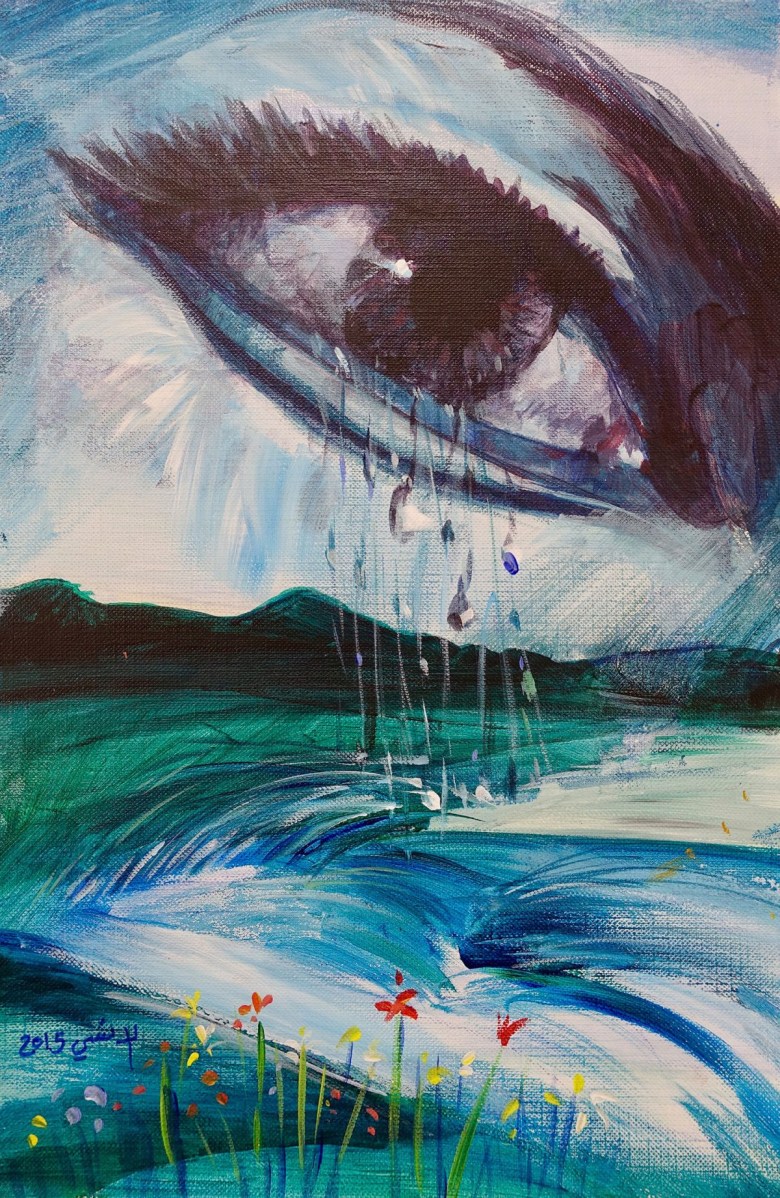
Last October, eight former and current detainees issued an open letter to President Biden, first published on Hyperallergic, urging him to revise the policy and free their artwork. The letter detailed how from 2010, access to art classes and art materials in the military prison gave them the means to connect to their memories, their families, and the world.
“Art was our way to heal ourselves, to escape the feeling of being imprisoned and free ourselves, just for a little while,” the letter read. “We made the sea, trees, the beautiful blue sky, and ships. We painted our hope, fear, dreams, and our freedom. Our art helped us survive.”
The letter mentioned that prior to 2010, detainees were not allowed to make art but covertly channeled their creativity through bare-bones resources such as tea powder on toilet paper, carved styrofoam food containers, and soap “paint” on walls. After being granted access to materials, the detainees were thoroughly invested in their creative practices and shared their work with each other, their family members, legal representation, and even some of the prison workers.
Khaled Qasim, a current Yemeni detainee whose painting “Titanic” (2017) was featured in the John Jay campus exhibition, was cleared for release last summer since he was detained without charge since 2003. The process of initiating a release can take months or years, but Qasim was cited in the letter saying that he refuses to leave Guantánamo without his artwork. He even told BBC that “the art I made is me,” and that his soul would be left behind if his artwork was kept at the prison or destroyed.
Despite the lack of clarity on when the ban was lifted, the timing of the release could relate to the fact that 20 of the 34 remaining detainees have been recommended for transfer if the security conditions have been met.

